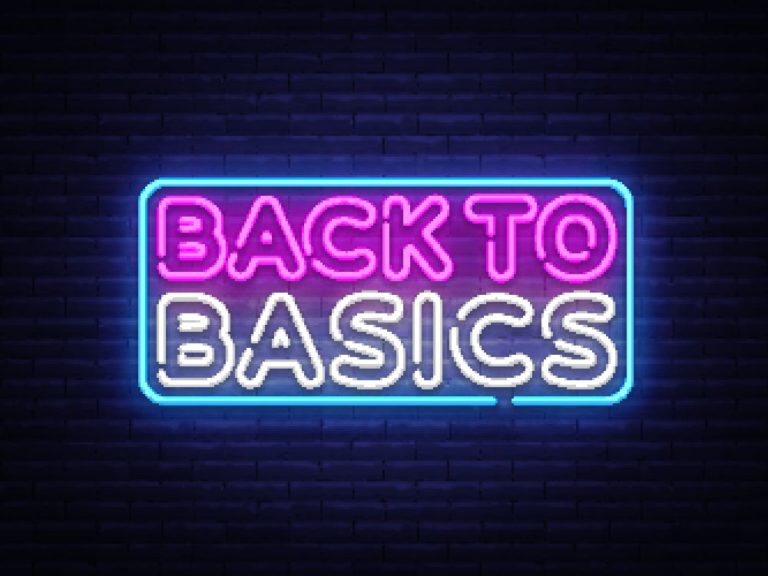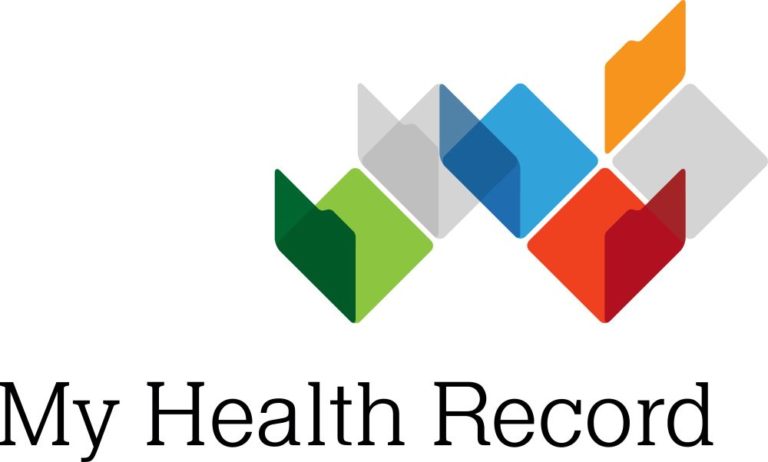[vc_row][vc_column][vc_column_text]Admissions to public hospitals are growing faster than admissions to private hospitals, according to a new report from the Australian Institute of Health and Welfare (AIHW). The report, shows that of the 11 million admissions to hospitals in 2016–17, 6.6 million were in public hospitals and 4.4 million were in private hospitals.
“Admissions rose by 4.3% on average each year for public hospitals and 3.6% for private hospitals between 2012– 13 and 2016–17, and these were greater than the average growth in population of 1.6% over the same period” said AIHW spokesperson Jenny Hargreaves.
In 2016–17, the majority of admissions to public hospitals (83% or 5.5 million) were for public patients – however, about 1 in 7 (14% or 912,000 admissions) were for patients who used private health insurance to fund all or part of their admission.
There were 2.2 million admissions involving elective surgery in total. In terms of the safety and quality of care delivered, the report shows that in 2016-17 there were more than 186,000 hospital-acquired complications or 2.2% of 8.6 million in-scope admissions. Overall, the average length of stay in 2016-17 was 3.2 days in public hospitals and 2.2 days in private hospitals.
Australian Private Hospitals Association (APHA) CEO Mr Michael Roff said the report reveals public hospitals have not shied away from taking privately insured patients, while forcing those on public waiting lists to wait longer for treatment.
“The latest data shows privately insured patients continue to jump the queue in public hospitals. The median wait time for elective surgery for a public patient is 42 days. That’s twice as long as the privately insured who wait a median of 21 days,” Mr Roff said.
“The AIHW data show one in seven public admissions were for privately insured patients – that’s 14 percent of all admissions to public hospitals,” he said.
Meanwhile the peak body for the Private Health Insurance industry said: “The harvesting of patients from public emergency departments and pressuring them to go private, risks undermining Medicare and the Australian health system,” Dr Rachel David, CEO of Private Healthcare Australia.
“As a result of this cash grab, public patients are waiting longer for their surgery in public hospitals and the practice adds more than $1 billion to the cost of health fund premiums per year.
CEO of the Medical Technology Association of Australia (MTAA), Ian Burgess, said under MTAA’s Agreement with the Government to reform the Prostheses List, the MedTech industry is incurring revenue cuts of $1.1 billion which goes directly to the private health insurance companies to improve the affordability of private health insurance.
“We’re the major reason this year’s average private health insurance premium increase was the lowest in 17 years,”
“MTAA strongly supports the need for a healthy and viable private health insurance sector in Australia, however private insurance needs to provide consumers value and that value needs to be better communicated. This includes the choice of medical technology that a patient’s treating doctor considers to be the most clinically appropriate, generally with no gap payment applying to that technology,” Mr Burgess said.
And don’t miss ABC 4 Corners this Monday as it looks at what’s driving up your out of pocket costs. This will air just before Senate Estimates providing another opportunity to put healthcare costs front and centre. PulseLine will continue to look at the fierce debate and asked the question, is Private Health Insurance worth it? [/vc_column_text][/vc_column][/vc_row]




